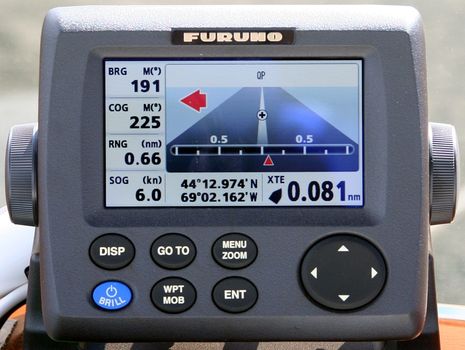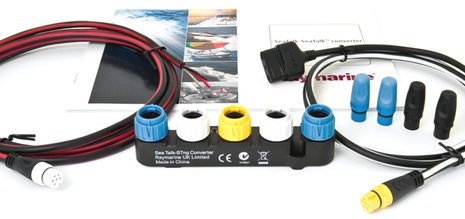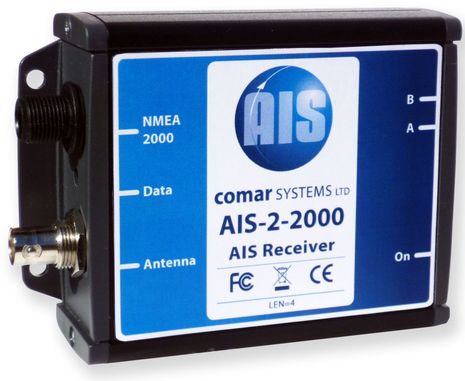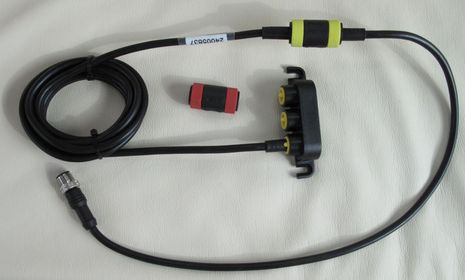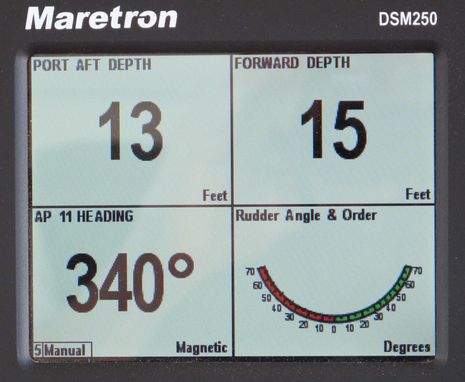Furuno GP-33 GPS, hand’s on
At the risk of sounding mean, what excites me most about Furuno’s new GP-33 GPS sensor and display is what it means regarding the coming RD-33 data display we discussed a while back. That 4.3-inch 480×272 pixel LED-backlit screen — seen above in bright sunlight on Gizmo’s flying bridge — is pleasingly crisp and bright. And note how legible and even handsome the screen designs are, and how Furuno has dropped some of the numerical over-precision that has drawn criticism from users of NavNet 3D MFDs and FI50 instruments. You get all that screen goodness — 50% more area than a Garmin GMI 10, Furuno claims — for a maximum of 7 LENS (350 milliamps) of 12v power off a NMEA 2000 backbone…



